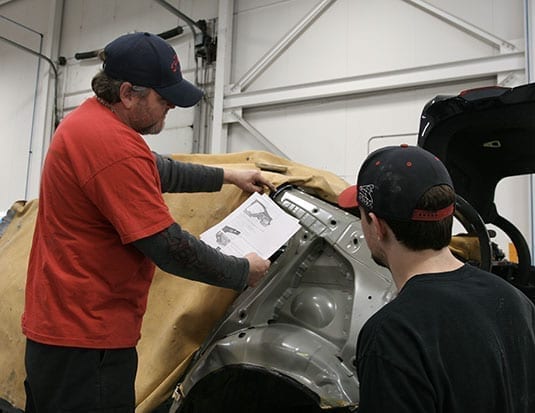It is with great sadness that we have lost our dear friend and industry colleague, John Norris.
John was in the process of working on another column for us and, as a tribute, we decided to share it in its entirety as a special two-part article. John was extremely passionate about training, skills and apprenticeships in the industry and we felt it would be appropriate to share his thoughts on how to attract and retain talented people in this industry. Thank you for making a difference John, you will be sorely missed! – Huw Evans
Training techniques to help the next generation.
Across Canada, a number of provinces are doing a good job in attracting and retaining skilled staff. Some provinces do not track those that took training or apprenticeship or Red Seal graduates, so getting data from some provinces is difficult.
These new skilled technical staffs are offered or mandated to take training for these positions through a variety of programs, including provincial apprenticeship, fee-payer or private training (usually by a College), association training, OEM training or even I-CAR training.
Too often a shop will look to send a good worker to school and often assume that the trainee is being filled with knowledge and skills that the owner/manager can take advantage of immediately.
Benefitting trainees
For instance, one province has redone its curriculum and training standards to ensure that grads will have new technology training that will not only impress their manager at the shop but work to improve profitability, lower sublet costs and better ensure retention of that employee. (It also means more money for the employee, and that keeps them better retained, too!)
Let’s look at a primer to help shops determine if the training you are hoping to provide your new worker will be valuable.
Apprenticeship training is pretty straightforward. You can see the training standards for a trade for a specific province on their website or on your trade association’s website if they have them. The standards must recognize that the apprentice must successfully complete the Red Seal exam at the close of training. Some provinces put a lot more than the minimum requirements into the training, over and above the Red Seal needs. Some do not. One province told us that they have yet to put aluminum welding into the course because they had no equipment.
Fee-payer training (techniques training)
This is where it becomes fun. These are private payment courses for students, and you will find many of these on college websites. You may not find apprenticeship offerings but you will find these. Contact a community college and they will tell you all about their fee-payer programs but may not even know if they offer apprenticeships.
These courses run somewhere in the 600-hour, two semesters program length or some may be one semester. We asked a colleague how much their fee-payer program costs and the answer was $1300 a semester. What they really meant was two semesters plus mandatory student fees mean the class costs $4200 with foreign nationals or international students paying four times that amount or $16,800 for the same training. So be careful when signing up an employee for this course. Sometimes, the course shown by the college is advertised for over $7500 per fee-payer (non-apprenticeship) course.
Some colleges will only hire staff to teach at these colleges as contractors at the last minute. We get calls on a Saturday at home, from a college looking to find an instructor to teach the Monday morning start class. Make sure your college has staff that are competent and skilled. One college did not teach frame measuring as the teacher never had any experience. Get details from your college.



